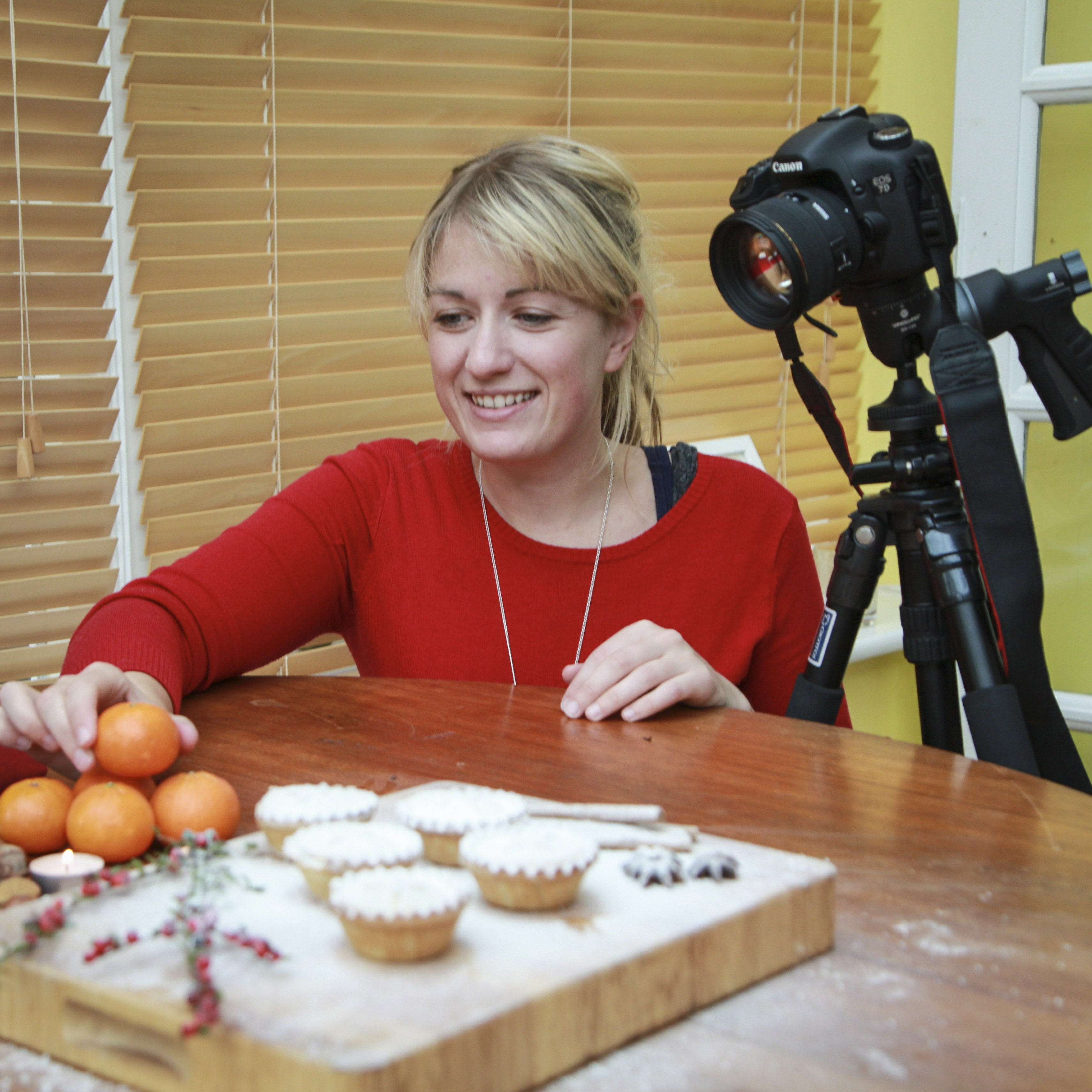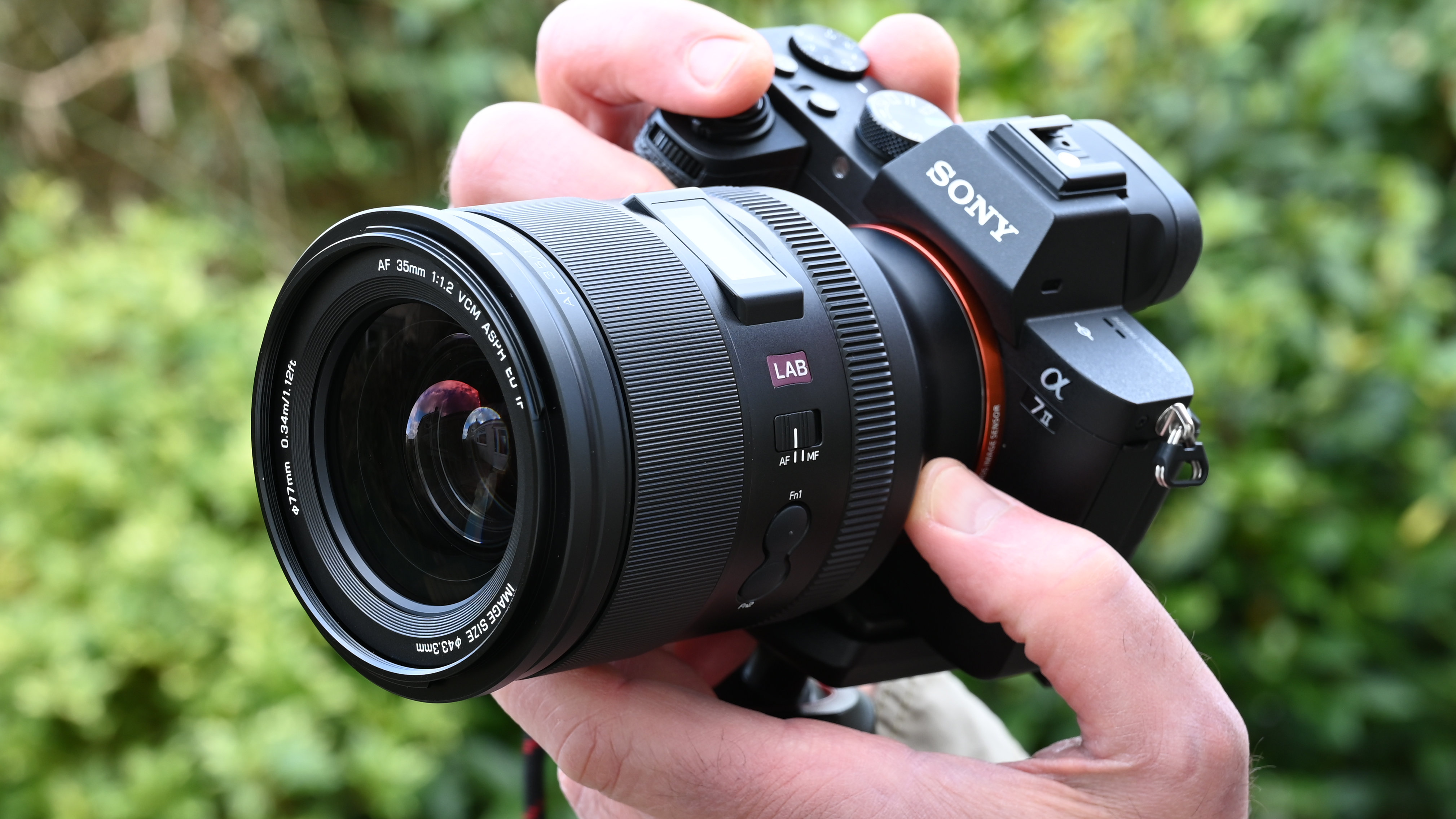Landscape photography tips: 16 essential tips for great outdoor photography
Take your landscape photography to new heights with these 16 essential outdoor photography tips and tricks
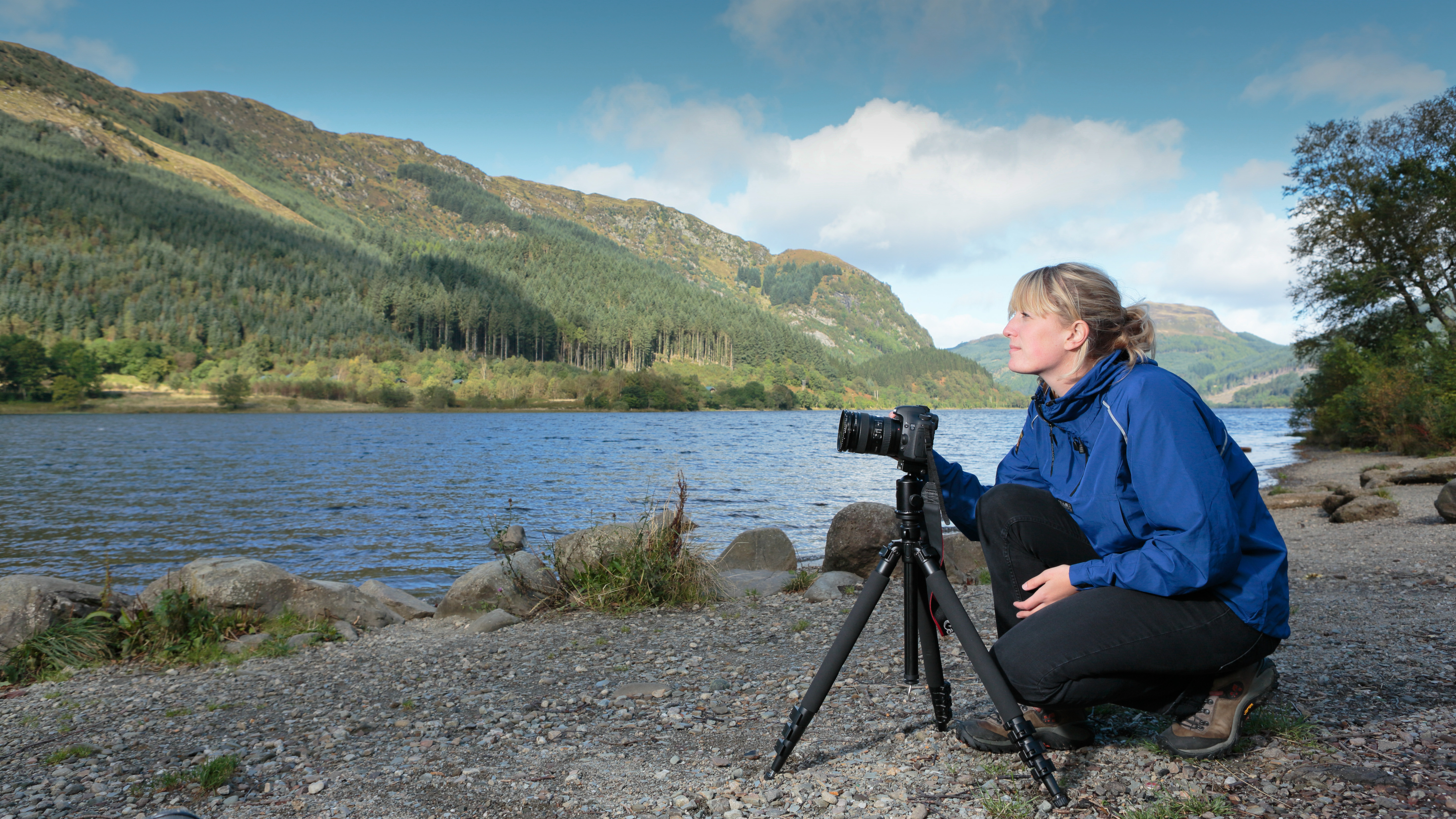
Landscape photography is one of the most popular subjects for photographers. Whether you’re a professional or amateur photographer, there are so many good reasons as to why you might feel drawn towards the landscape genre.
Getting outside and back to nature is certainly one of them, and many find the calm shooting experience away from the demands of the modern world to be a meditative and creative undertaking.
So whatever your photography skills or your reasons for wanting to get out there and shoot, we’ve compiled a range of useful landscape photography tips to help take your outdoor picture taking to the next level.
• Best cameras for landscapes
• Best lenses for landscapes
1. Camera setup
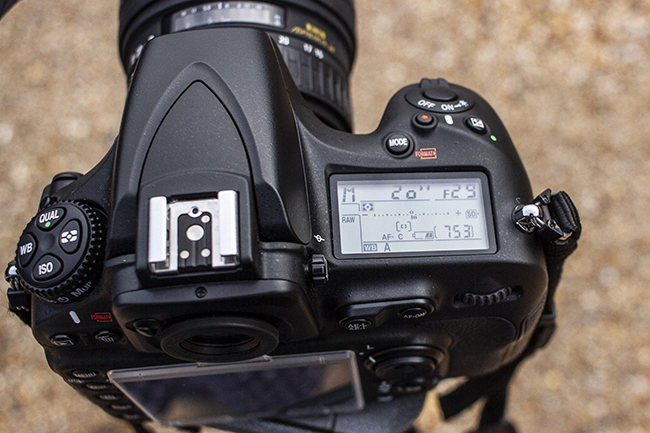
There is no ‘correct’ shooting mode to be in when taking landscape shots, however, in the landscape genre as you often have more time to consider your setup we recommend putting your camera into the Manual mode, and taking complete control.
For example, if you’re shooting moving water, a slow shutter speed might be preferable or a narrow depth of field might be key to your shot. If you’re shooting in fast changing light, switch your ISO setting to Auto ISO so you can still maintain control over your shutter speed and aperture, but your camera's meter will quickly adjust to the light.
Manual focusing using Live View can also be useful if your camera is mounted on a tripod, so once again you are in complete control.
• Read more: Camera ISO settings
2. Tripod lockdown
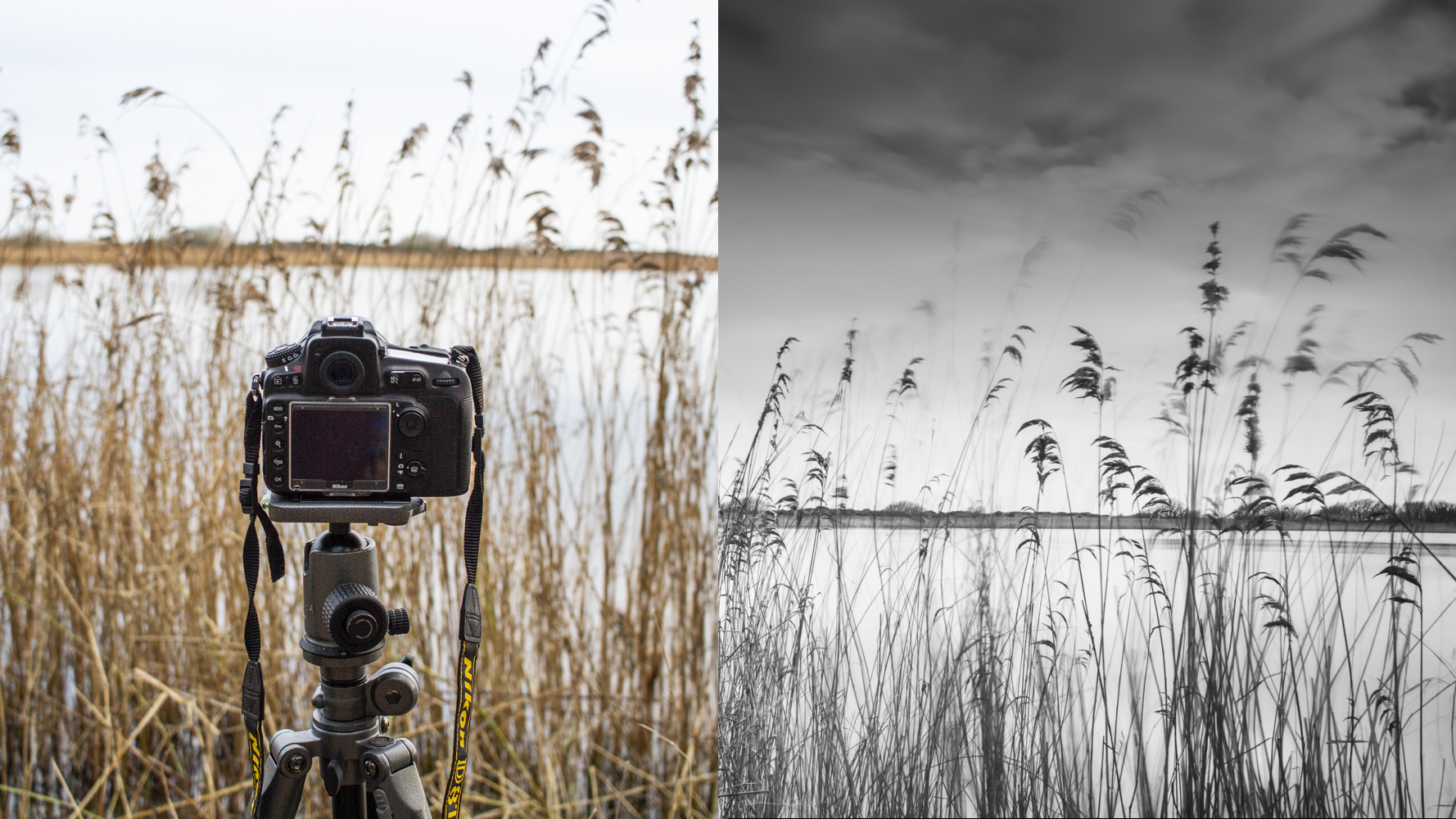
Tripod and landscape photography are like chips and ketchup - the two just work so well together! Although you may not necessarily need a tripod all of the time for your landscape shots we recommend that you use one where possible as the act of shooting on a tripod helps you to slow you down. In landscape photography being fast isn’t always necessarily better so take your time, consider your composition, and keep tweaking it until perfect. This is why a tripod is vital… oh and it also comes in handy if you want to shoot using a slow shutter speed!
• Read more: The best tripods
3. Filters galore
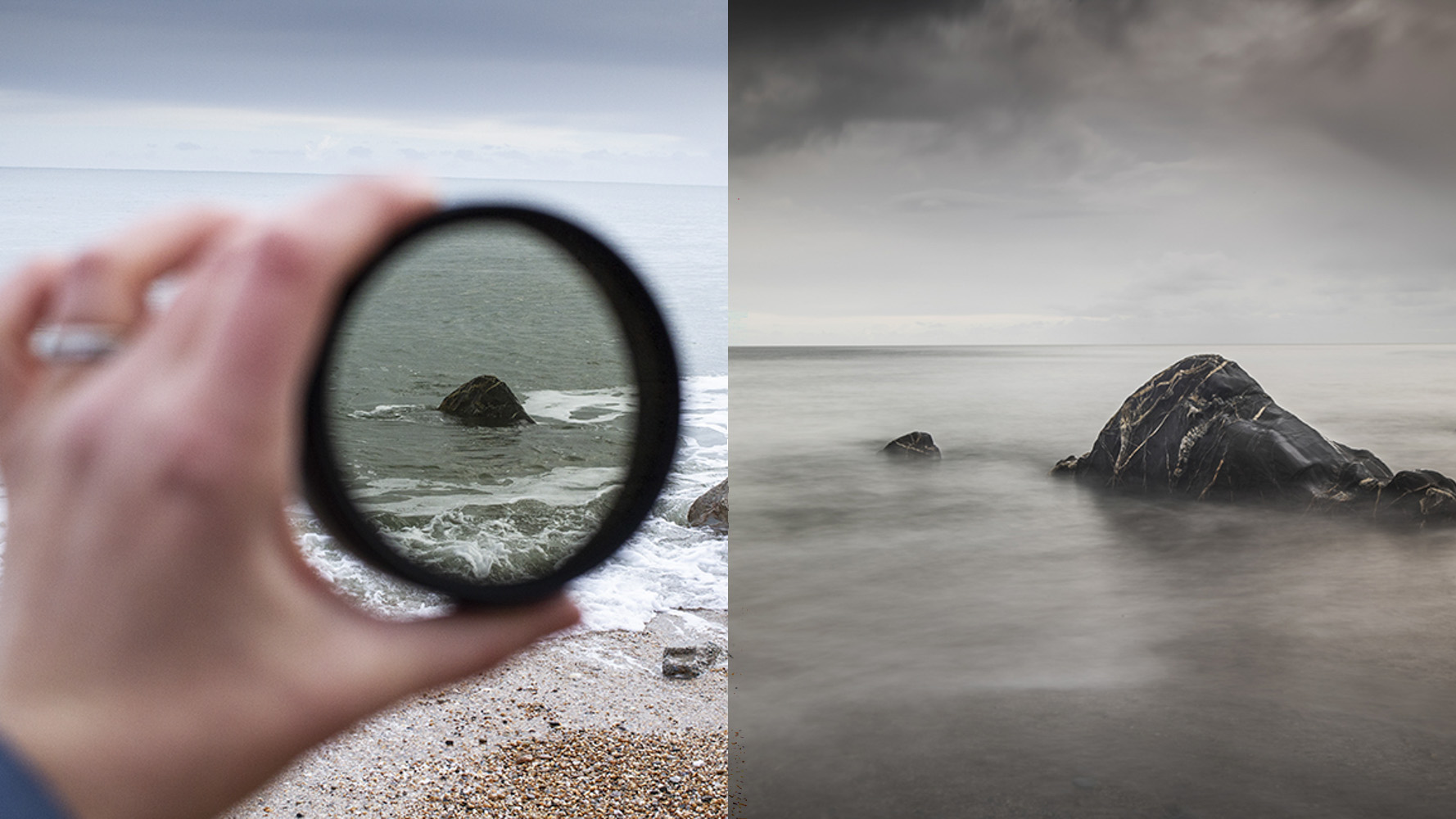
If you want to get serious about landscape photography, then investing in some filters is a must.
There are many different types of filters on the market that will help you improve your shots, however, the key three we recommend for landscape photography are a polarizing filter (which helps to reduce glare and makes blue skies richer), ND filter (which helps stop down the light to reduce your shutter speed setting when needed) and ND graduated filter (which darken skies and helps balance the exposure).
There are also different filter systems from screw design (check the thread filter size on your lens) to square filters you slot into a holder attached to your lens.
Most pros use the holder system as they are generally more versatile and higher quality, however, they can be an expensive investment.
• Read more: Best ND grad filters • Best ND filters • The best polarizers
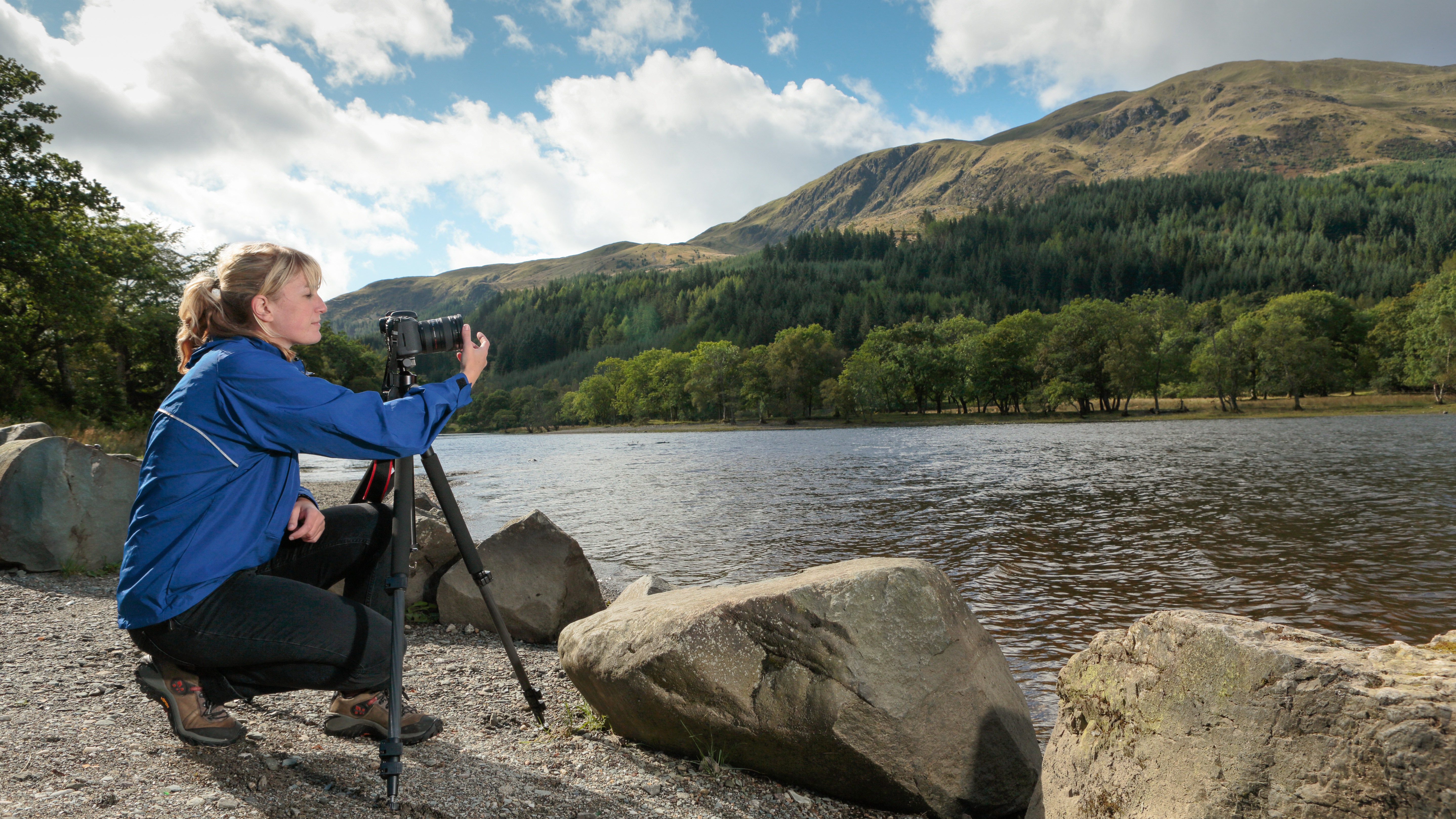
4. The importance of comfort
Comfort is everything and if you’re planning on being out and about a lot investing in some warm waterproof clothing and footwear is a must.
Your photography will suffer if you don’t wrap up warm and stay dry – you simply won’t be able to stand the test of time in the field. Equally if the weather conditions are hot, suncream, water and a good hat are a must!
5. Time for monochrome
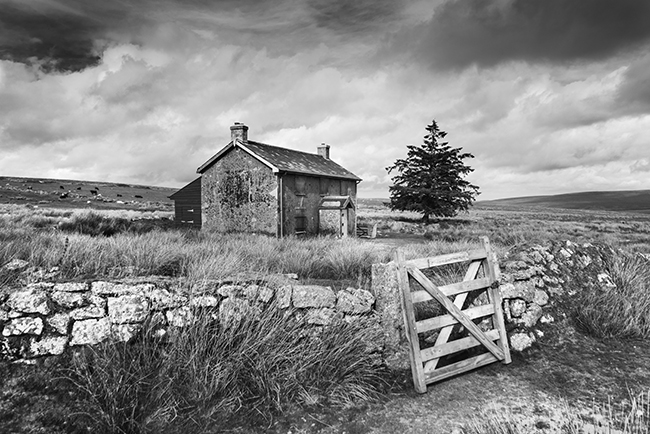
There are some landscape shots that work great in color, whilst others are made for black and white.
Grey dull days are perfect for monochrome where textures and patterns in the land can be enhanced. At the editing stage use the color channels to make the most of the scene. The dodge and burn tool in Photoshop is a great finishing touch to enhance texture, and to make isolated adjustments.
• Read more: The best photo editing software
6. How to use color
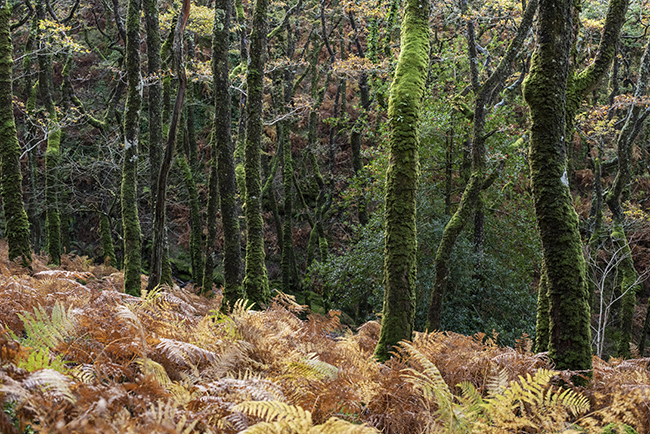
Whilst monochrome is great for dull days, color is fantastic for the golden hour, and those rich scenes where the color is key.
The trick with color is trying to get your camera’s White Balance correct so you can replicate the gorgeous colors you see in front of your eyes.
You can either set this in camera – you may need a custom WB if the colors are tricky to replicate – or alter it at the editing stage if you are shooting in Raw. We always recommend shooting in Raw rather than Jpeg, as the Raw files hold more data, so your images are richer.
• Read more: How to unlock stunning natural colors in your photos
7. Go wide
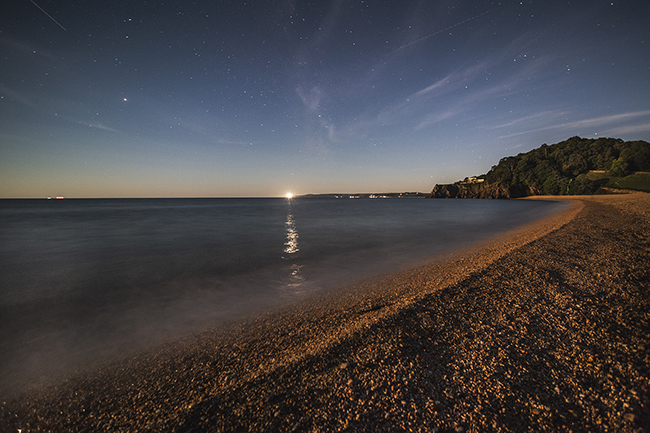
There are many times in the landscape genre where a wide angle lens will be the right choice. Generally a wide angle lens on a full frame camera will be one classified by a focal length between 15mm to 35mm. You can get wide angle lenses in fixed or variable focal distances.
A wide angle lens – as it sounds – shows a wide angle of the scene, therefore you need elements in the scene to fill the frame. Look for subject/s of interest in the foreground to fill.
Remember subjects in the distance that look closer with your eye will appear further away, so using a point of interest in the foreground is vital to make the image work. You may also encounter distortion problems with a wide angle lens, but this is worse when shooting a subject with straight lines such as architecture.
• Read more: Landscape photography: fill the frame with a wide angle lens
8. Zoom lenses
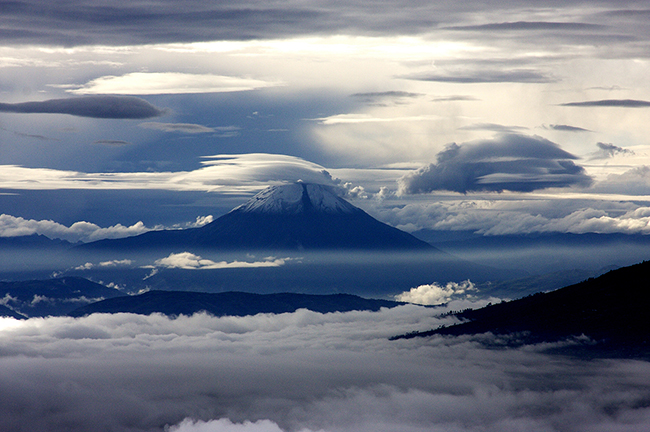
On the other end of the scale, a zoom lens with a mid to long focal length, for example between 70mm to 200mm can also work well for the landscape genre.
Misty mornings can be great for long lenses as you can isolate features in the setting.
Telephoto lenses also compress the scene so it can be useful to take a step back and shoot from a distance if you want to include layers in your image, and don’t want distant features to become too small as they might with a wide angle lens.
• Read more The best 70-200mm lenses
9. The best conditions
There’s no doubt that a cracking golden hour (the hour that falls either side of sunrise and sunset) can make you feel invincible!
When colours are changing in the sky and you’re in the right place at the right time there’s nothing better.
To be in with a chance of capturing those conditions study the weather conditions on a regular basis, and all year round.
You want a mixture of little or no wind, cloud coverage between 30-70%, and prior rainfall can be good (around two to six hours before, but not during). Although it’s not an exact science, it can be useful to remember the rhyme: Red sky in the morning; shepherd’s warning. Red sky at night; shepherd's delight!
• Read more: How to shoot in the Golden Hour
10. Misty mornings
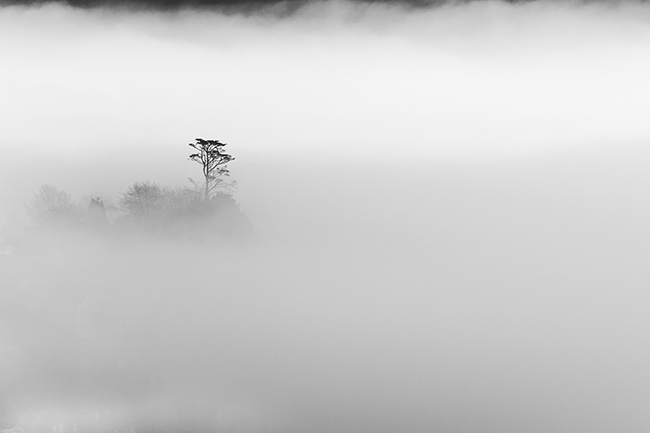
A large body of water, such as a river or a lake, is the perfect setting for fog or mist. Mist and fog occur over water when warm moist air flows over the colder water. Mist and fog are especially good if you can get above the fog.
Hills surrounding water help keep fog trapped for longer, making these types of conditions a landscape photographer’s dream.
• Read more: How to make atmospheric photos with fog
11. Exposure bracketing
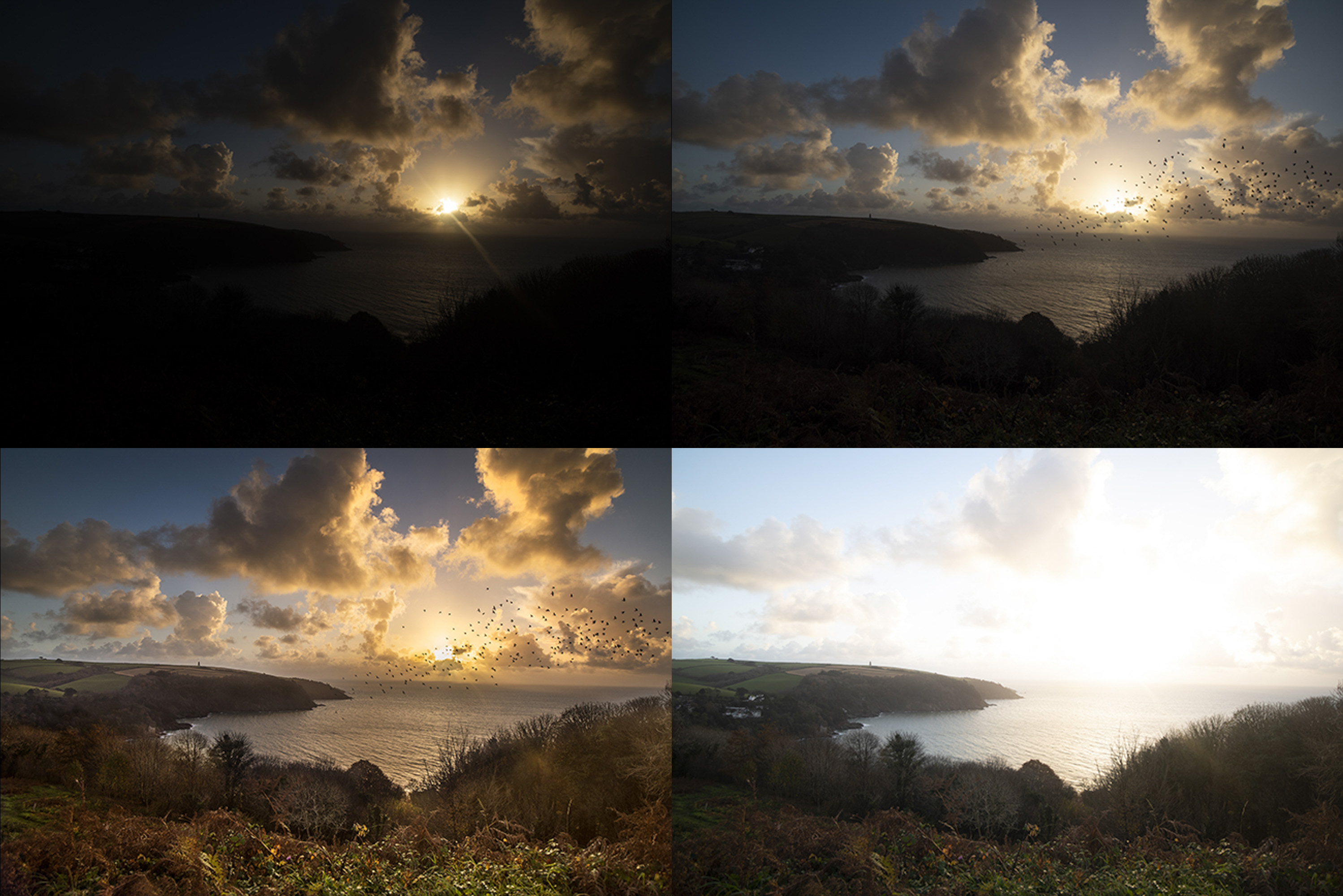
If you have a great difference between the highlights, midtones and shadows in your landscape scene, then you need to use exposure bracketing. It's a simple technique that's used by professional photographers to ensure correct exposure, especially in challenging lighting condition.
Take the first shot with the meter underexposing by a stop or two, the second in the middle of the light meter, and the third a stop or two over, depending on the circumstances.
You can then blend the exposures together at the editing stage. Many cameras have a bracket exposing setting that enables you to fire off multiple exposures. At the editing stage you can blend your exposures together for the perfect result.
• Read more: Understanding the exposure triangle
12. Subtle colors
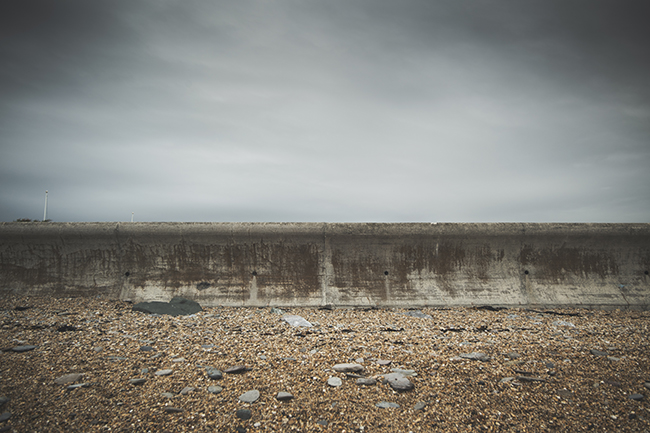
Don’t think that all your landscape shots need to be of vibrant sunrises or luscious greenery.
You can be more subtle with your approach to the landscape genre. Pastel colors and flat light can look highly effective, if shot using the right approach.
• Read more: How to keep your on-screen colors accurate
13. Get out whatever the weather
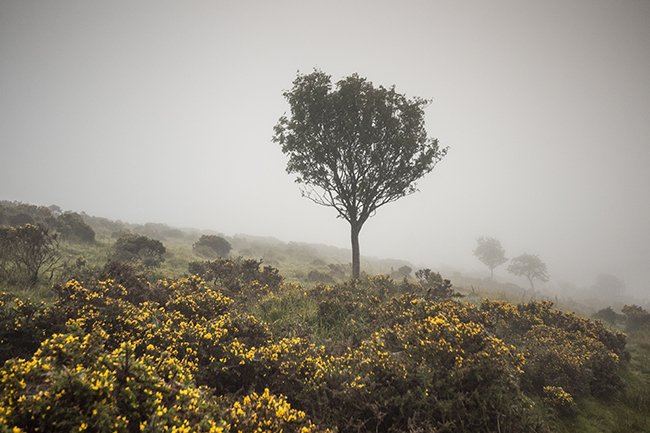
Don’t use the bad weather as an excuse... It may not be a pleasant shooting experience taking photographs in the pouring rain (plus you’ll need to protect your kit), however, there are many wonderful landscape images you can produce from grey stormy skies, misty gloom, to dramatic seas at the coast.
• Read more: 12 fantastic home photo projects to try
14. Add a twist
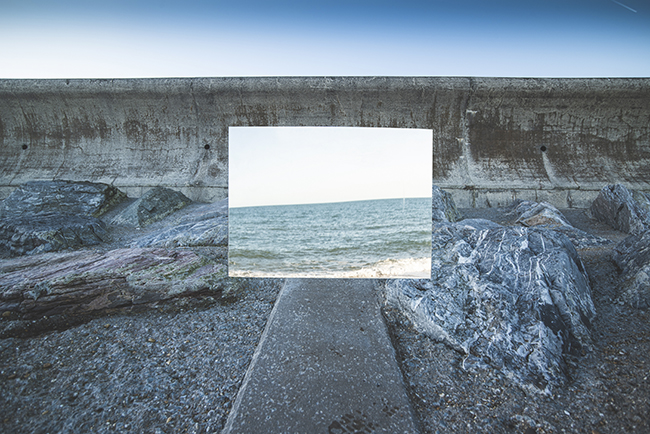
If you’re looking for a unique twist for your landscape shots next time you’re out on a shoot, take along a mirror! By reflecting and combining two separate scenes together you can explore the art of composition and manipulation without having to use a computer.
• Read more: 10 must-see landscape photographers
15. Find your own angle
We’ve all been guilty of arriving at that iconic location and immediately setting up our composition from an already overshot angle.
The problem with replicating a well known composition is we are not bringing our own unique style to the scene, and the chances are someone has probably captured the scene in better conditions! Next time you arrive at an iconic photographic landscape location explore all angles and try to get something unique.
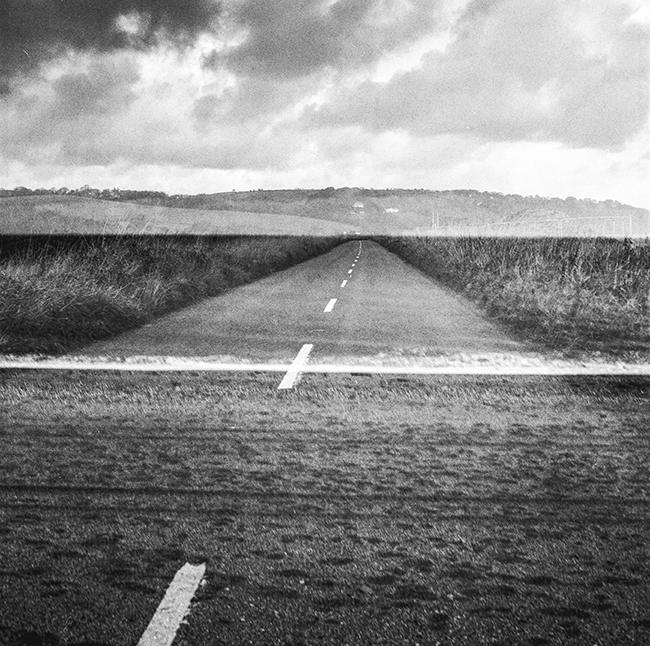
16. Work on a personal project
Although it can be fun to just go out and shoot a nice landscape scene, you may find it interesting or give yourself direction if you create a project.
For example, you could start with a theme, such as erosion, and explore that theme within your landscape photography.
Take, for instance, this double exposure image taken on a medium format film camera for a project called The Road.
The project uses landscape photography to explore the relationship between nature and man, and the fight against keeping the sea from washing away a vulnerable coastal road that runs along Slapton Sands in Devon.
Read more:
• Sunset photography: tips and settings for perfect pictures
• Depth of field and hyperfocal distance in landscape photography explained
• Landscape photography composition: fill the frame with a wide angle lens
• Shoot great waterfall photos by using a slow shutter speed
• Landscape photography composition: cheats to create effective frames
• Garden photography: tips for using long lenses to get great floral photos
• Reflections photography: 4 tips to capture symmetry in scenes
• Capture amazing landscape photography by using your camera's histogram
215 photography tips, video tutorials and techniques
10 landscape photographers to follow in 2020
Best travel tripods
Best camera drones
Get the Digital Camera World Newsletter
The best camera deals, reviews, product advice, and unmissable photography news, direct to your inbox!
Claire is a professional photographer and writer, and lives by the the sea with her two young children, husband and cat in the southwest of the UK.
After graduating from The Bournemouth Arts Institute with a first-class degree in photography, Claire worked for a number of years in the publishing industry, including as Technique Editor for Digital Camera magazine.
She loves anything and everything to do with photography, from creating magazine articles to photographing ballerinas on the beach and newborn babies (but not at the same time). She mainly shoots with digital DSLRs, but does dust off her beloved Hasselblad medium-format film camera once in a while…
